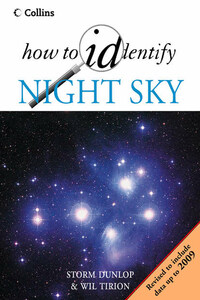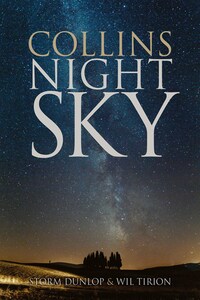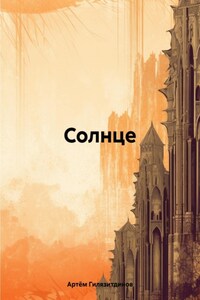This book is intended for those taking an interest in the sky, wanting to find their way around among the many constellations, and also carry out simple observing with the naked eye, binoculars or small telescopes.
The first section begins with some general advice on observing (see here). This is followed (see here) by information that will help readers to locate objects in the sky, and also to understand the charts, diagrams, and tables of positions that are provided both in this book and elsewhere. This portion includes descriptions on the names of stars and other celestial objects (see here), together with the reasons for their differences in brightness and colour. The section ends with some information about simple photography.
The next section will help beginners to find their way around the sky. This is not as complicated as it might at first appear. Everyone starts by learning to recognize the five main circumpolar constellations, which are visible whenever the sky is clear (see here). The next few pages describe the location and recognition of the constellations that are most clearly visible at different seasons, together with the most notable objects in that part of the sky. Although arranged to start with the winter, readers may choose any season to begin observing. The same applies to the following section (see here), which shows the appearance of the night sky with two charts for each month of the year, looking north and looking south.
Specific information about individual objects follows, beginning with the Moon (see here), and then the planets, including detailed charts showing planetary positions for a period of five years (see here). These are followed by charts showing the periods when some of the brighter minor planets (asteroids) are visible in small instruments.
The next section (see here) describes individual phenomena or objects in more detail, ranging from unusual high-altitude clouds that are visible in twilight or in the middle of the night, to distant galaxies.
The final section (see here) may be used at any time, but comes into its own when readers are moderately familiar with finding their way around the sky. There are charts and photographs of all the constellations visible to mid-latitude northern-hemisphere observers, together with a description of objects of interest. The positions of meteor radiants are shown, and charts and comparison stars are given for a number of interesting variable stars. Details of sources of further information may be found here, and a glossary begins here.
If you have only just become interested in astronomy, resist the temptation to rush out and buy a telescope. The majority of cheap telescopes offered in many shops and magazines are generally not worth buying. You do not need any equipment at all to learn to find your way around the sky, identify the brightest objects, and begin observing.
Once you can find your way around, you can consider using some form of optical equipment. Old-fashioned opera glasses are actually quite useful, because they have a low magnification – so you do not become lost – but are not particularly common nowadays. It is probably best to invest in a good pair of binoculars. These are always designated by their magnification and aperture, such as ‘8 × 42’ or ‘7 × 50’, where the first figure indicates the magnification (8 and 7 times, respectively) and the second the aperture – the diameter of the main lens (the objective or object glass) through which light enters the instrument. As a general rule in astronomy, the larger the aperture the better, because more light is being gathered.
Binoculars have one disadvantage: if too large or heavy they are difficult to keep steady. You can buy or make suitable mountings for binoculars, but these tend to be cumbersome and make life difficult for beginners. Avoid very high magnifications, because these restrict the field of view and amplify every minor movement. (The modern image-stabilized binoculars are marvellous to use, but extremely expensive.) Generally, magnifications of 7×, 8×, and 10× are best, while one of 12× becomes difficult to hold steady. Some simple tricks that help with the problem of steadiness are sitting in a garden chair that has arms to support the elbows; resting the binoculars on top of a broom, a wall, or something similar; and tying a length of string or light chain to the binoculars, and standing on one end while gently pushing upwards to put the string or chain in tension. When trying to observe objects right overhead, it is best to lie flat on the ground on a suitable mattress.












